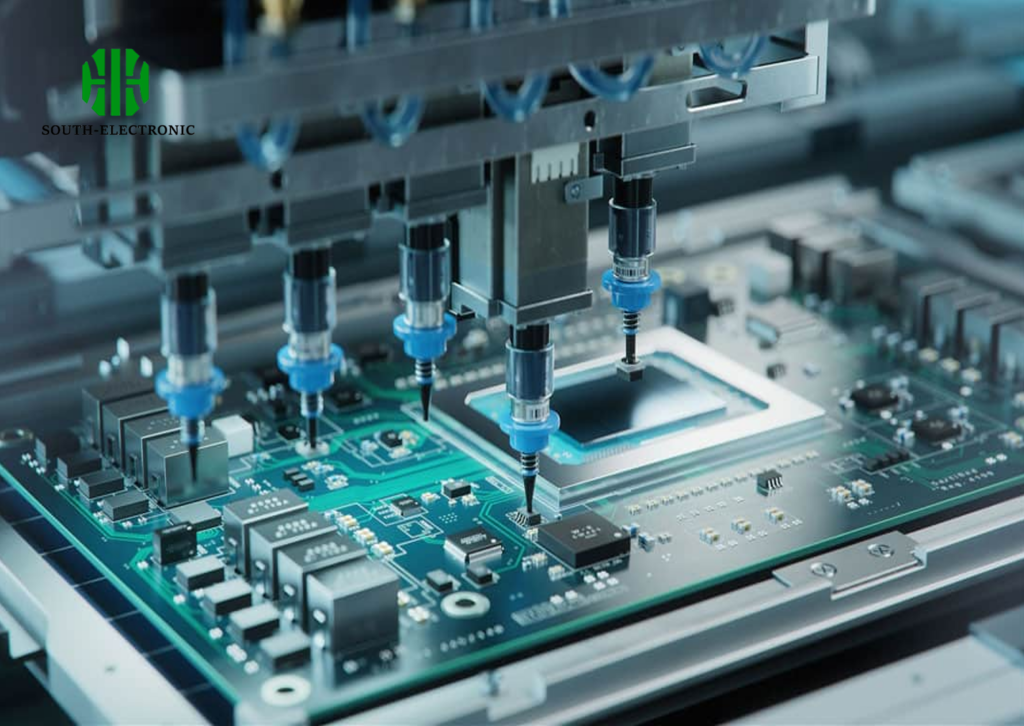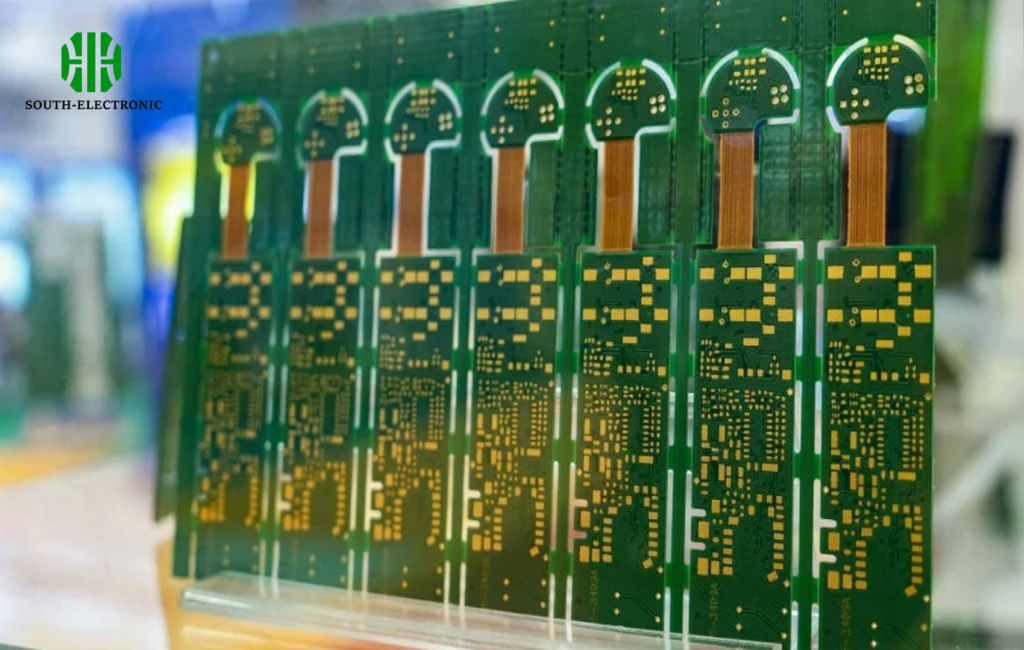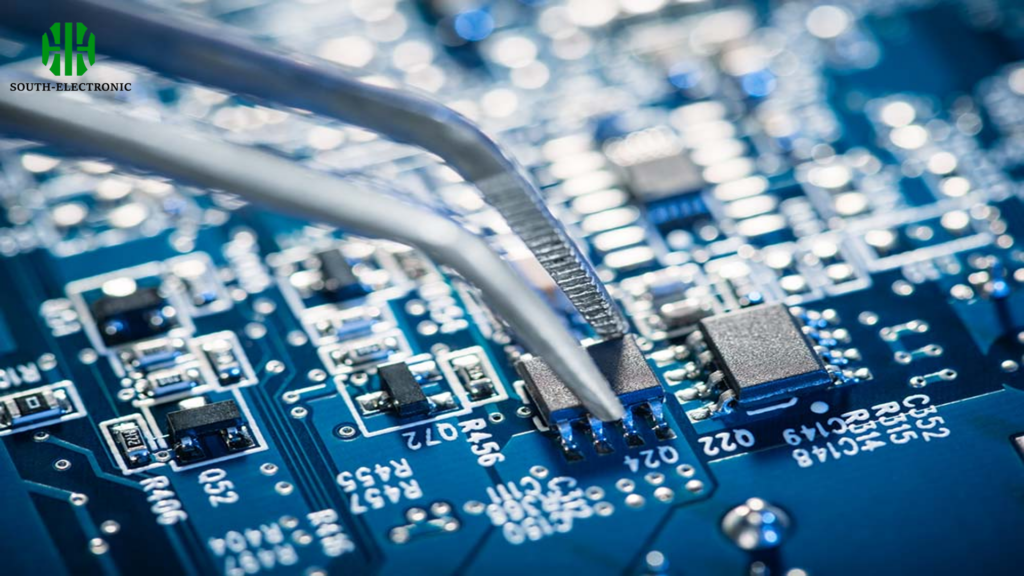With technological advancements, the manufacturing process of electronic products has become increasingly complex, requiring highly automated assembly technology. PCBA assembly is a crucial step in this process. However, for many new customers, understanding the components of assembly costs can be challenging. This article focuses on analyzing the cost structure of PCBA.
When designing electronic products, it’s important to assess hardware costs. What are the main components of hardware costs? They primarily consist of the prices of components, PCBs, and SMT+DIP (Surface Mounting + Dip Insertion)—the cost of PCBA assembly. In other words, calculating hardware costs essentially translates to calculating the cost of PCBA assembly.
PCBA Assembly Process
PCBA assembly is the process of applying SMT assembly technology to circuit board assembly. The process primarily includes the following steps: component procurement, stencil fabrication, assembly, soldering, and soldering inspection. Assembly is the core component of the entire process.
Generally speaking, the cost of PCBA assembly processing consists of the following components:
- PCB board fee (free if customer-supplied);
- Component procurement fee (free if customer-supplied);
- SMT processing fee (SMD assembly + DIP post-soldering);
- PCBA testing fee and assembly fee

PCB Board Fee
Let’s learn how to calculate PCBA assembly processing fees.
Submit the R&D-designed PCB file, open the PCB schematic, and export the corresponding BOM (bill of materials).

The PCBA assembly service provider will then produce the bare PCB based on the PCB file. This is when the first part of the cost, the PCB board fee, is incurred. The cost of the PCB board depends on the board’s manufacturing difficulty, such as the number of layers (4-layer, 8-layer); board type (FR4, aluminum, carbon ink, FPC); board brand and standard (Shengyi TG135, Jiantao TG150); and board processing techniques (immersion gold, tin-spray, bare copper, via capping, and resin plugging). These costs vary. Long-term collaboration with a one-stop PCBA fabrication service provider offers more competitive pricing. After all, in addition to the PCB board, the BOM and SMT are also included, naturally resulting in better pricing and delivery times.
To calculate PCB costs, first determine the PCB price per square meter. Then, calculate how many PCBs can be made from each square meter of PCB material. Finally, divide the PCB price per square meter by the number of PCBs produced per square meter to arrive at the unit price.
Component Procurement Costs
After extracting the BOM from the hardware design files, organize the components in the BOM (Bill of Materials), grouping identical components into categories and calculating the number of components in each category. This will facilitate calculating component costs and SMT costs based on the BOM.
Next, let’s discuss the second cost component of PCBA processing—the component procurement fee. The fabricator purchases the required components based on the bill of materials (BOM). When purchasing components, be aware that a 5% material loss surcharge is required due to issues like reel loading of resistors and capacitors, as well as SMT chip losses (e.g., incorrect board placement, inadequate tape removal, etc.). Generally, fabricators with long-standing component partners offer lower prices.

SMT Processing Fees (SMD Chip Mounting + DIP Post-Soldering)
The specific cost of SMT processing varies depending on a variety of factors, such as component type and quantity, process difficulty, and equipment performance. Generally, SMT processing costs primarily include labor, equipment, and material costs. An accurate cost estimate requires comprehensive consideration of these factors and in-depth communication with the fabricator.
When calculating SMT processing fees, first consider the batch size and whether an engineering fee will be added. Then, calculate the number of points multiplied by the price per point.
- SMT Production Process and Process Details
Loading -> Solder Paste Printing -> SMD Components -> Visual Inspection -> Reflow Oven -> Ultrasonic Board Washing -> Cutting -> Appearance Inspection -> Packaging (Some products require IC programming and PCBA functional testing).
- Calculating the Component Count
SMT processing fees are generally calculated based on the number of component counts. SMT chip material counts one point for every two pins, and DIP components count one point for every pin. Each chip resistor, capacitor, or diode counts as one point; a transistor counts as 1.5 points; and an IC counts as one point for every four pins. The total number of SMT components on the board is calculated using the BOM.
- Calculating the SMT Processing Cost
SMT processing fee = number of components * price per component (processing fee includes the cost of auxiliary materials such as red glue, solder paste, and board cleaning solution). The price per component is generally between 0.01 and 0.025 yuan.
- Other Costs
PCBA test fixtures, stencils, startup fees, fixtures, programming, three-proofing, adhesive coating, and other agreed-upon fees will be calculated separately.

To reasonably calculate PCBA patch processing costs, you can also follow the following methods:
-
- Understand the manufacturer’s pricing strategy: Different manufacturers have different pricing strategies. By researching multiple manufacturers, you can understand the industry’s average price level and reasonably assess processing costs.
-
- Consider the benefits of mass production: Generally, the unit cost of mass production is lower than that of small batches. Therefore, when calculating costs, consider the product’s expected sales volume to select an appropriate production batch size.
-
- Communicate fully with the manufacturer: When communicating with the patch processing manufacturer, clearly convey the product’s detailed requirements and specifications, and obtain their detailed quotation method and cost structure to facilitate cost calculation.
-
- Accurately estimate material costs: Material costs are a key component of PCBA patch processing costs. Accurate estimates based on the actual component type, brand, and quantity required are required to ensure accurate cost calculations.
When calculating PCBA processing costs, it’s important to fully consider the above factors and conduct a sound cost estimate. By comparing multiple vendors, you can select a vendor that meets your budget and offers high-quality service.
In summary, understanding PCBA processing costs and calculation methods can help you develop a reasonable budget and project plan. When undertaking PCBA processing, a detailed understanding of the process, thorough communication with the vendor, and effective cost calculation can ensure a smooth project. If you require PCBA processing services, it’s recommended that you choose a trustworthy vendor and calculate costs based on your actual needs and budget.



